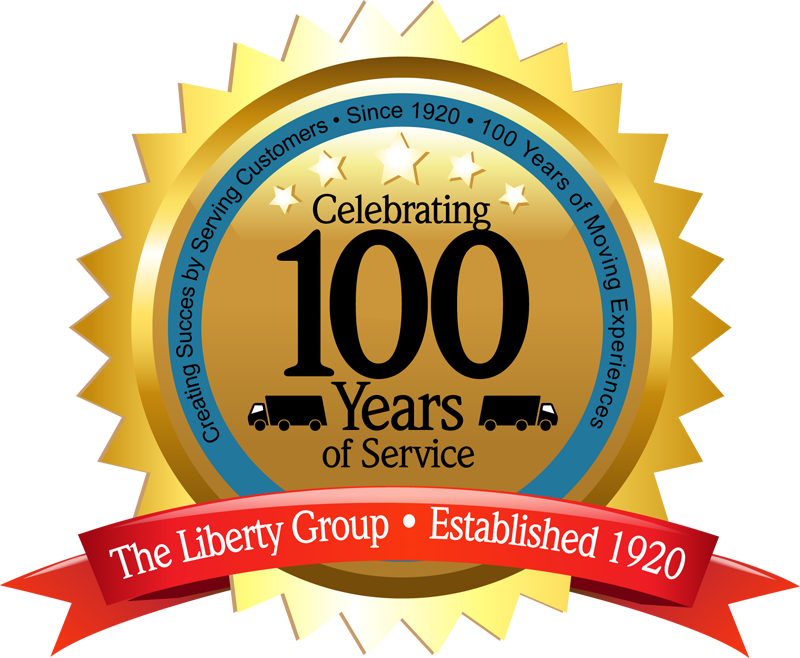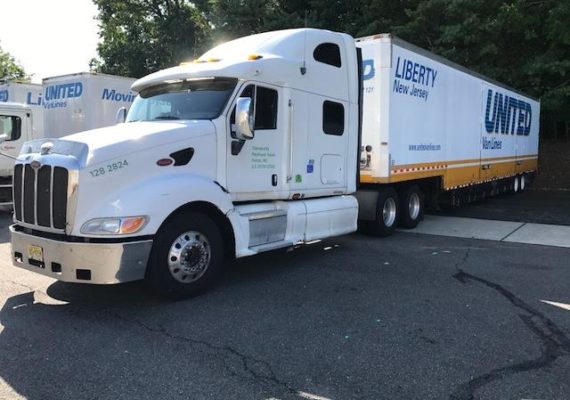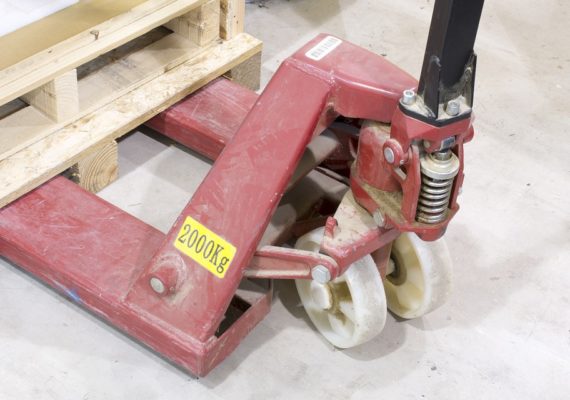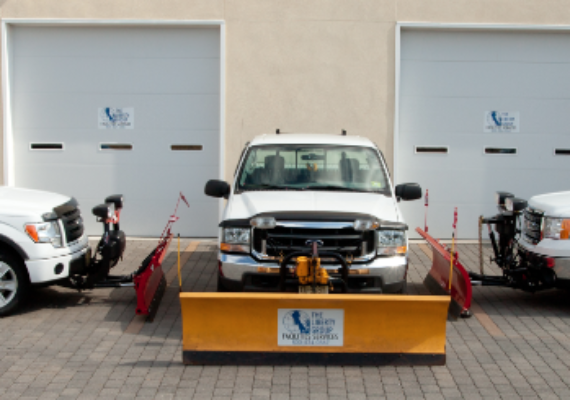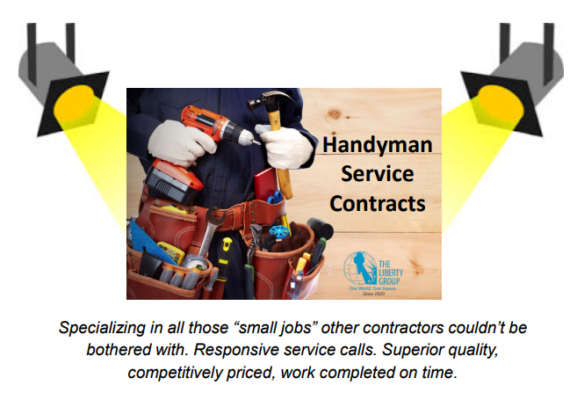A Successful Office Move Depends On An Effective Job Walk
Contributed by J.J. Krukenkamp
King Companies
Whether you’re preparing to move your office, manufacturing plant, laboratory, library, auto dealership or other professional space, quite a bit of planning and preparation must take place first. It doesn’t matter whether you’re moving across the street or around the world – the right plan can make the process smooth and trouble-free, whereas a lack of plan or an inadequate one can haunt you for days and months to come.
One of the key components of successful move planning is called a job walk – and it’s just what it sounds like. It’s essentially your moving company’s opportunity to walk your space with you and identify the needs of your job.
Conducting an effective job walk is both a skill and an art. It will determine what needs to be moved, allow your moving company to design a process and ultimately facilitate a move that happens on time, on budget and without incident.
Here are some of the essentials of a successful job walk.
It’s More Than Just A Walk
It may sound fairly straightforward, but there’s a lot more than meets the eye. A job walk is not only an opportunity to inventory items that need to be moved but it has a vital discovery component, as well.
Professional moving companies that understand the process use the walk to ask questions and start conversations with their clients. Often, this is where misconceptions can be cleared up and expectations managed. For example, in our experience, people tend to either vastly overestimate or vastly underestimate the amount of time it will take to move from one location to another.
One client with hundreds of people to move, including hundreds of corresponding computers, desks, filing cabinets and more, may believe the move will be completed in a few hours on a Friday afternoon.
Another, especially a client who has had a prior poor experience with a move, may believe they’ll need to close their business down for days to relocate a small office.
During the job walk it’s important to understand these perceptions and set expectations accordingly. In most cases, even the largest moves can be completed over a weekend with the right plan and the right human resources. But in any case, perception is an important part of a successful move, and it’s the moving company’s job to ensure that the client understands the process and knows what the expect.
Determining Process
One of the key purposes of the job walk, as we mentioned, is to compile an inventory of what needs to be moved. But this is not merely an exercise in cataloging desks and furniture or other equipment. It’s also an opportunity to design the moving process around the job’s requirements.
For example, knowing the priority in which items need to be moved is just as important as knowing what needs to be moved.
How items will be moved is factored into the process as well. For example, employees may be expected to pack their own desks and allotted a designated timeframe to do so. Sometimes having employees pack their own desks can be more beneficial than having the moving company do it, not simply to save time, but more importantly because each employee is more likely to understand which items to pack, which take priority, which can be trashed and how to best organize them.
Other times, it may be better to leave the packing to the moving company, who will be better equipped to pack things in the safest, most effective way. All of this can be determined during the job walk.
Part of establishing a process includes understanding the location, as well. For example, does the building have an elevator, stairs, or is the move happening from ground floor to ground floor?
In some cases, it may also include creating drawings of each room in the new facility and the items that must be moved there. Always it involves a detailed packing and labeling system, utilizing colors, numbers or both to ensure that items are moved in the right order and to the right place in the easiest and most effective way.
Client Education
None of what we’ve mentioned happens without another key component of the job walk and that’s client education. Packing and labeling systems are determined based on the job needs but they are only effective when implemented correctly.
Even if you’ve never participated in a move from one office or facility to another, you’re probably familiar with the myriad packing materials available, from corrugated boxes to plastic containers, crates, carts, padded wrap, shrink wrap, bubble wrap and more.
Understanding which to use and when is part of the education process. Your moving team will not only determine the best materials for the job but teach you how to use them.
Through scheduled orientations, a project manager will teach your staff how to pack and label, taking into account job priorities, timing requirements, storage needs and more.
The job walk is the beginning of figuring out these details. In order for your moving company to effectively educate you and your team, they will first need to conduct a thorough job walk and understand your unique moving needs.
A Plan For The Most Successful Move
All job walks are not created equal. While many moving companies conduct them, they do not always result in the ideal moving plan. Sometimes they are no more than an inventorying of items to be moved. Other times, client expectations are not set. In still other instances, the moving company wants to provide the least expensive option, which may lead to poor packing and labeling or poor choice of materials.
As you may be beginning to realize by now, there is a lot more to the job walk and the moving plan than what you see on the surface.
For businesses from law firms to aerospace, timing is everything. The right plan will minimize down time so your move can be the least disruptive possible to normal operations.
The right plan will never assume what you need but will be designed around your specific job requirements, whether you need things moved based on priority, are expecting to store items for a while or unpack them immediately, whether you’ll be participating in packing or leaving it to the moving company or are moving from a ground floor location to the top story of a skyscraper.
Finally, it will lead to the ultimate end result, which is a move that happens on time and on budget. A move can be hectic enough without contending with delays, loss of business due to down time and cost overruns.
Choose a moving company that understands the job walk and its key function. Be sure that they ask you questions and get to the bottom of your needs, design a plan that suits your move and finally, takes the time to educate you. Value trumps cost when it comes to a successful and stress free move.
If you’re planning a move and have questions, contact us and we’ll be happy to answer them.


